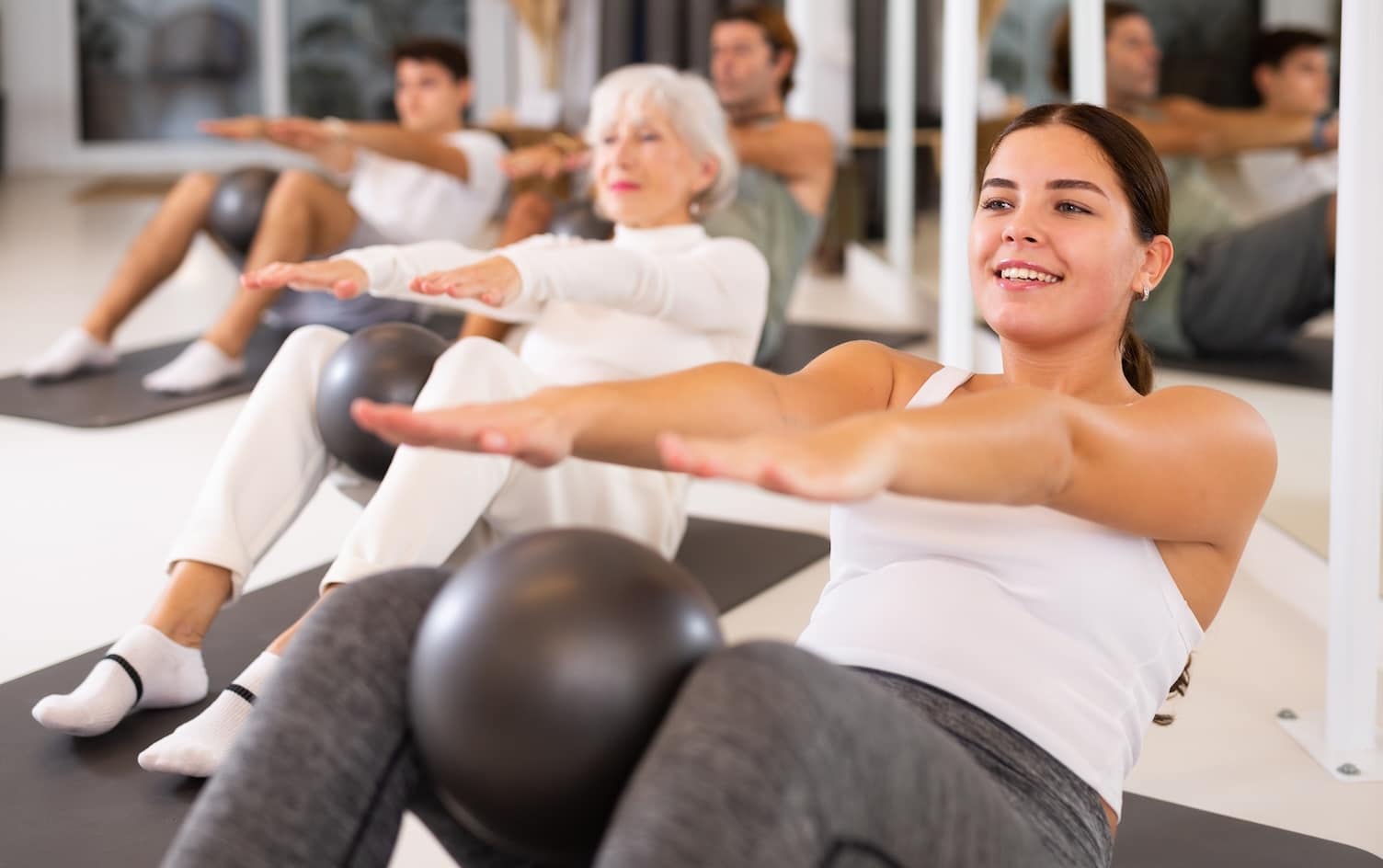Chances are, you know deep breaths can help ease stress. But according to new research from the University of Colorado, a 5-minute breathing exercise dubbed “strength training for your breathing muscles” could help lower your blood pressure and improve your heart health.
The 2021 study, published in the Journal of the American Heart Association, suggests what’s known as high-resistance inspiratory muscle strength training (IMST) may lead to changes that lower your risk of cardiovascular disease. Even better? The effects of this ultra mini-workout are equal to — or potentially greater than — those of exercise.
If you’re one of the 108 million Americans with high blood pressure or just care about protecting your heart, you might be thinking: This sounds great, but how do I get started? And can an exercise like this benefit anyone?
Read on to learn more about the study’s findings, what they could mean for you, and how to add this breathing exercise to your routine.
HOW CAN A BREATHING EXERCISE HELP LOWER BLOOD PRESSURE?
Just as heavy weights allow you to reap the muscle-building benefits of lifting, it’s the resistance aspect of this breathing exercise that leads to boosts in cardiovascular health.
During the study, participants were taking especially deep breaths by sucking in air against about 90 centimeters of water resistance with a hand-held device called the POWERbreathe K3. For the regimen, half of 36 otherwise healthy older adults with above-normal systolic blood pressure tried a brief, high-intensity version of IMST with 30 breaths per day, six days a week. The other half did a placebo workout at a much lower resistance.
On average, those who completed IMST experienced an average of a 9-point dip in their systolic blood pressure. That’s more than what some people have experienced after adding five days of 30-minute walks to their week.
They also experienced a sizable increase in nitric oxide levels (which drop as you age), a 45% improvement in vascular endothelial function, and lower markers of inflammation and oxidative stress. Translation: Their arteries were more flexible and had higher protection against plaque buildup. Together, these metrics indicate a potentially lower risk of heart attack.
“We don’t actually know everything that’s changing yet, but what we think is happening is that as you breathe really deeply, it actually helps pump blood throughout your body,” says Daniel H. Craighead, PhD, study author and assistant research professor in CU Boulder’s Integrative Physiology of Aging Laboratory. “That higher blood flow can help improve your cardiovascular system.”
CAN ANYONE BENEFIT FROM IMST?
“We think almost everyone can benefit from this exercise,” says Craighead. In fact, a similar study of young, healthy adults who practiced IMST found that their blood pressure decreased as well.
For his part, Craighead uses the exercise to supplement his marathon training. Other research suggests respiratory strength-training could lead to additional health benefits like a boost in breathing, muscle strength and performance.
HOW TO TRY IMST
As is the case for any new fitness routine, it’s important to check with your doctor or healthcare provider before starting IMST since it’s a higher-intensity workout, says Craighead.
It’s also key to remember IMST is not a replacement for your workout. There are many things aerobic exercise can do that IMST won’t — like building strength in your arm and leg muscles.
CLICK TO TWEET THIS ARTICLE > A 5-minute breathing exercise could help lower your blood pressure. Learn how via @myfitnesspal #MyFitnessPal
Once you’ve gotten the OK to start IMST, you can purchase a breathing trainer like the one used in the study from the POWERbreathe series. As you shop, remember to look for a device that goes up to at least 90 centimeters of water resistance. If you’re young or active, Craighead recommends going up even higher to 150 centimeters or more for an effective workout.
After that, it’s as simple as 30 breaths a day, six days a week. “Because it’s so time-efficient, you can do it while you’re watching TV or cooking dinner,” says Craighead.
THE BOTTOM LINE
If you’re cleared for IMST, this 5-minute breathing exercise could make for a highly time-effective workout to add to your healthy heart routine. While more research is needed, initial findings seem promising. Many of us could use the boost in cardiovascular health, so IMST could be worth trying along with other heart-protective moves like a healthy diet and regular exercise.
Make progress every day while you work on mini fitness and nutrition goals, like walking more steps or learning to track macros. Go to “Plans” in the MyFitnessPal app for daily coaching and easy-to-follow tasks to keep you motivated.




